In the late 1800s, North Broad Street was a collection of retail outlets, residences and industrial use-buildings. The small stretch of Broad between Wood and Pearl Streets is a perfect demonstration of this mix. The photo below, taken from the Philadelphia Department of Records shows the East side of this stretch in 1895.
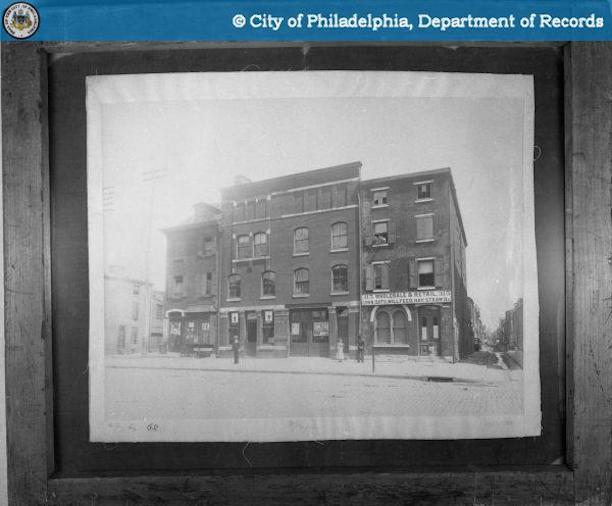
Like much of the surrounding North Broad Street area, the block would spend the early part of the 20th Century dedicated to the proliferation of America’s auto industry. As the nation’s love affair with the automobile continued to evolve, the industrialized area just above City Hall proved highly conducive to its maturation. As the image here below, taken from G.W. Bromley’s 1910 Philadelphia Atlas, shows, the site in question was simply identified as a Motor Shop.
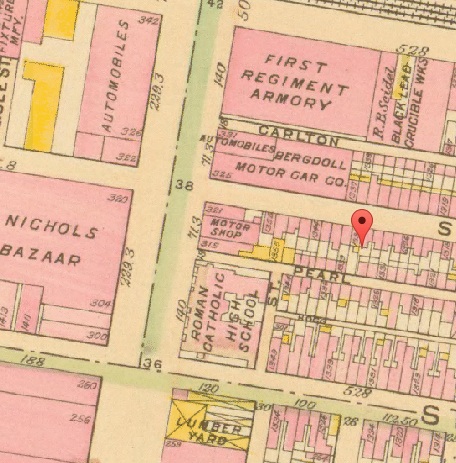
In fact, though, this was the newly constructed Packard Motor Car Building featuring a showroom and an assembly plant. Wikipedia describes it as a 7-story terra cotta-clad structure and among the first commercial buildings to employ reinforced concrete in its construction. Plan Philly notes that the building’s upper floors were used as a factory while the cherry-wood surfaced lobby served to display the factory’s output. The photo here below, taken from the Philadelphia Department of Records, shows a small portion of the building’s overhanging entranceway in 1932.
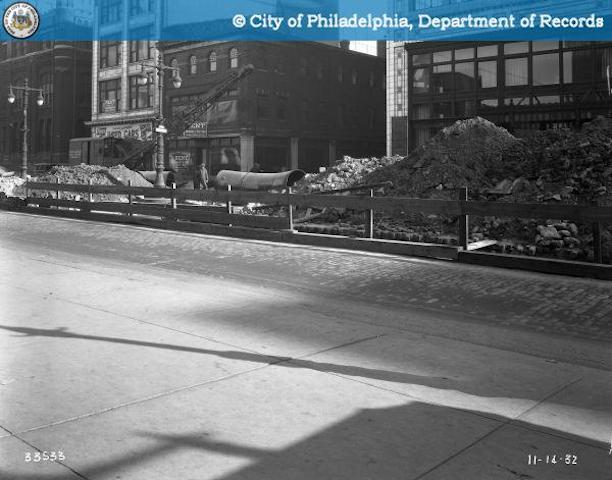
Broad’s Street’s auto-row was a powerful force in the first half of the 20th century. However, as the Great Depression wore on, many of the city’s industrial landmarks changed hands. The building on North Broad was no exception. Some time in the mid-30s, the Philadelphia Record came to occupy the structure. In some circles, the structure in question has been known as the Press Building on account of the newspaper’s two-decade occupancy. It was from this location that the Record competed head-to-head with the emergent Philadelphia Inquirer. The Philadelphia Record building is shown here below in a 1942 photo taken from the Department of Records.
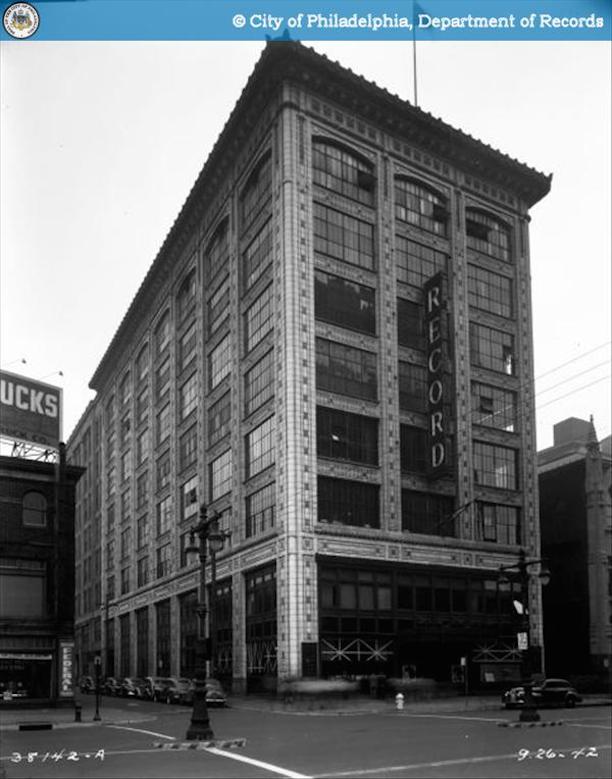
According to Wikipedia, the Philadelphia Record was eventually felled by the Inquirer’s dominance. It sold its operation to the Evening Bulletin in 1947. While it isn’t entirely clear who, if anybody, occupied the building immediately following the Record’s final issue, we can deduce that it spent some portion of time vacant. So demonstrates the photo here from 1979, which shows an empty building under renovation but still largely evocative of its turn-of-the-century glory days.
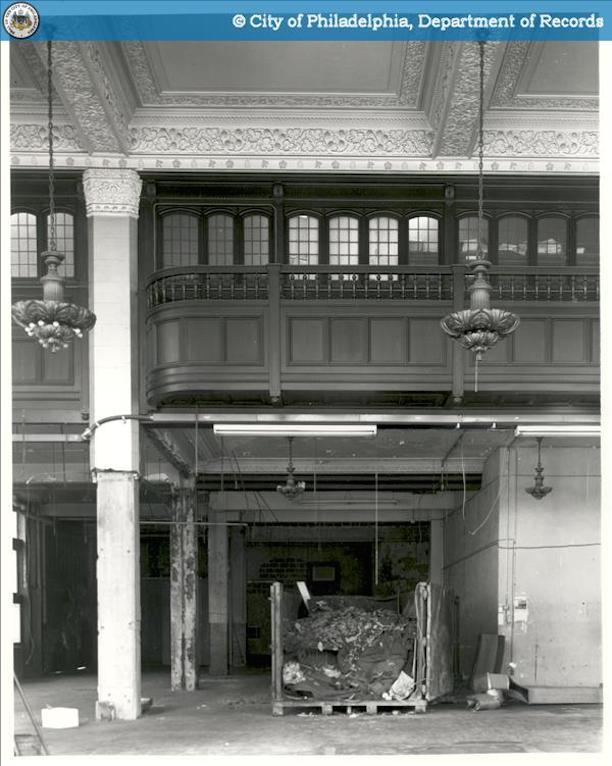
According to OV Guide, the building was added to the National Register of Historic Places the following year. Then, in 1986, developers repurposed the designated building into 100+ apartment units. In spite of its frequent reinvention across a century of life, the building has actually changed quite little in appearance, as demonstrated by the 1997 Department of Records photo here below.
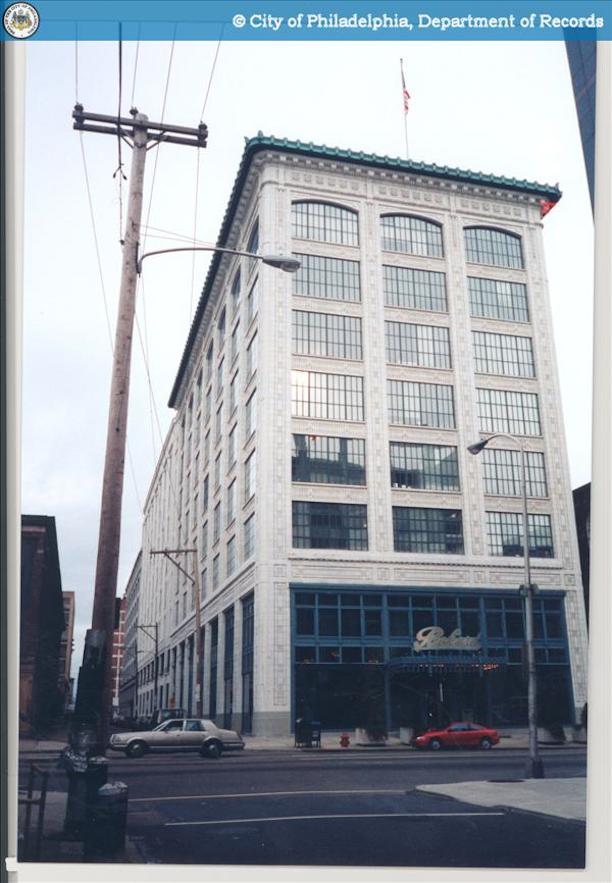
The building has been subject to ongoing renovation, accounting for the sleek structure that continues to house residents today.
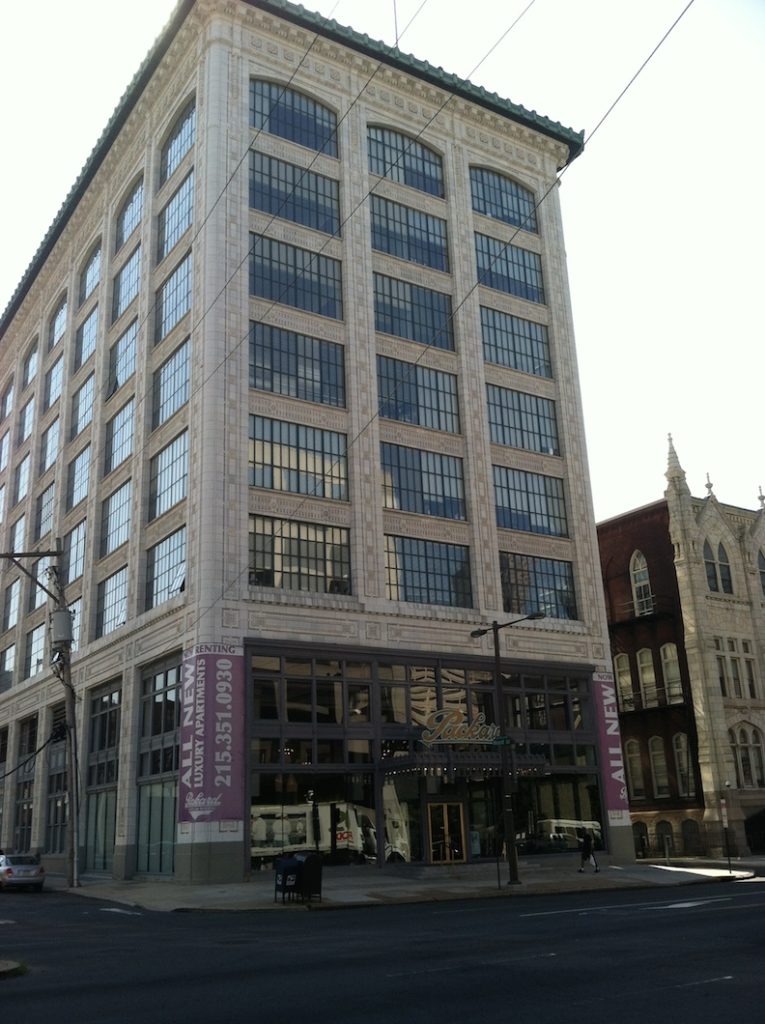

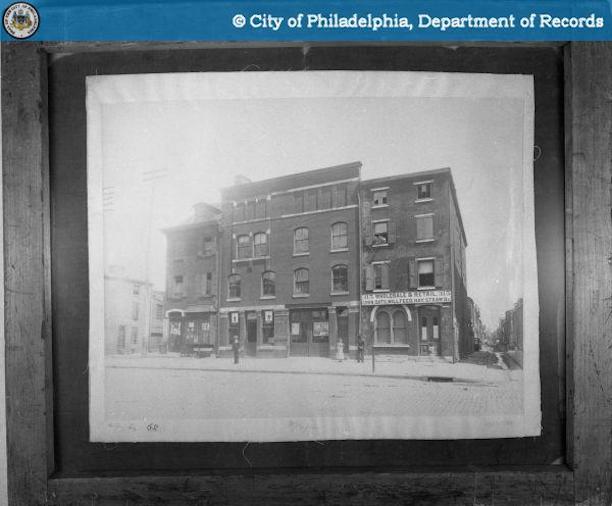
Leave a Reply